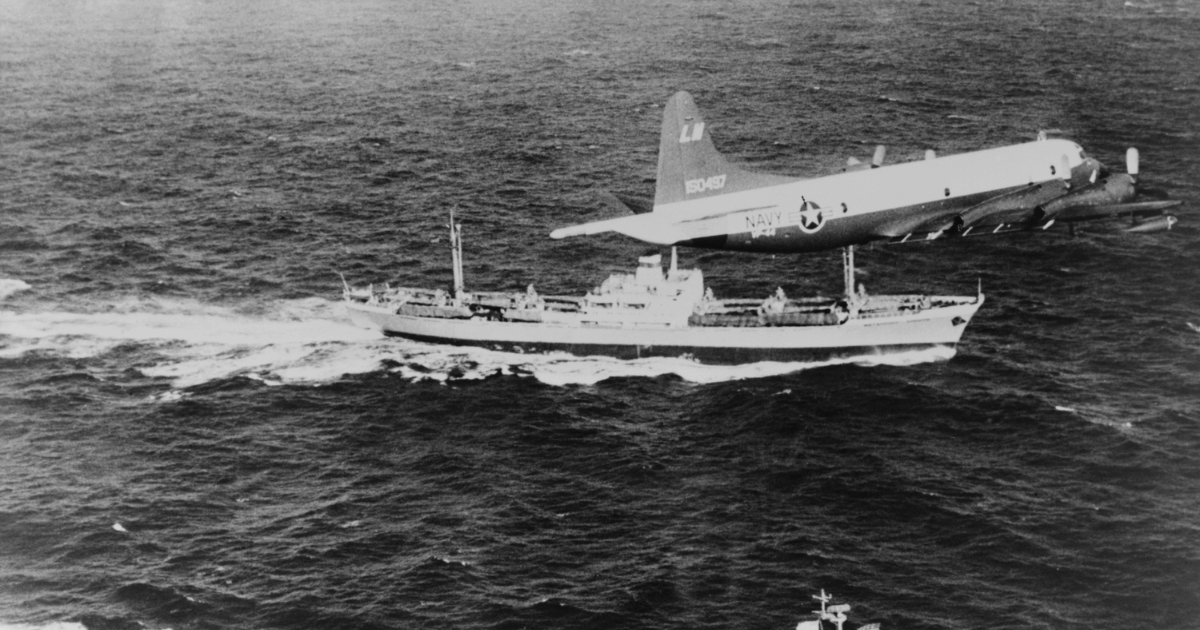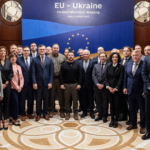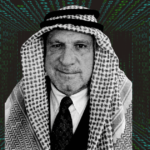The Cuban Missile Crisis of October 1962 was a critical event in world history, epitomizing the razor’s edge upon which humanity teetered during the Cold War. This high-stakes confrontation unfolded over thirteen harrowing days, posing an imminent threat of global nuclear war. In the midst of escalating tensions, key figures like President John F. Kennedy, Soviet Premier Nikita Khrushchev, Cuban Prime Minister Fidel Castro, and U.S. Attorney General Robert F. Kennedy played vital roles. This article delves into the complex events and the involvement of various players in this historic crisis, analyzing its significance, aftermath, and lasting impact on international relations.
The Key Players
1- President John F. Kennedy
President John F. Kennedy, the 35th President of the United States, was at the helm during this tumultuous period. His leadership and decisions were instrumental in averting a potential nuclear disaster.
2- Nikita Khrushchev
Soviet Premier Nikita Khrushchev, a formidable leader of the Soviet Union, played a central role in the crisis. His decisions and actions significantly shaped the course of events.
3- Fidel Castro
Cuban Prime Minister Fidel Castro, a charismatic and influential figure, represented the interests of Cuba during this perilous period. His alliance with the Soviet Union added complexity to the situation.
4- Robert F. Kennedy
U.S. Attorney General Robert F. Kennedy, brother of President Kennedy, served as a key advisor during the crisis. His counsel and insights were vital to shaping the U.S. response.
5- Andrei Gromyko
Soviet Foreign Minister Andrei Gromyko also played a crucial role, representing the Soviet Union in international diplomatic discussions during the crisis.
6- Anatoly Dobrynin
Anatoly Dobrynin, the Soviet ambassador to the US during 1962-1986, played a pivotal role in the Cuban Missile Crisis. He established a critical communication channel with Dean Rusk and Robert Kennedy, facilitating crisis resolution. Dobrynin’s diplomacy, initially denying Soviet missile presence, eventually contributed to easing US-Soviet tensions and negotiating a crucial missile withdrawal compromise.
Historical Context
The Cuban Missile Crisis of October 1962 was a pivotal moment during the Cold War, where the United States and the Soviet Union were on the brink of a potentially catastrophic nuclear conflict. This crisis stemmed from a series of events that unfolded in the context of the ongoing struggle for influence and power between the two superpowers.
The tensions escalated following the failed Bay of Pigs invasion by the United States in an attempt to overthrow the Castro regime in Cuba. In response, Soviet Premier Nikita Khrushchev, in a clandestine agreement with Cuban Premier Fidel Castro, decided to station Soviet nuclear missiles in Cuba to deter any future invasion attempts. This move set off a chain of events that brought the world to the edge of a nuclear abyss.
The Cuban Missile Crisis Unfolds
In July 1962, the U.S. intelligence discovered evidence of Soviet missile construction in Cuba, prompting President John F. Kennedy to issue a public warning against the introduction of offensive weapons into Cuba in September 1962. Subsequently, U.S. reconnaissance flights captured clear images of missile sites being constructed, confirming the Soviet buildup. President Kennedy convened his advisers, who presented various options ranging from airstrikes to a full-scale invasion of Cuba. Kennedy chose a naval “quarantine” of Cuba, setting the stage for a confrontation.
Kennedy’s address to the nation on October 22 informed the public of the measures being taken and the potential consequences if the crisis were to escalate. He established a policy that any nuclear missile launched from Cuba against any Western Hemisphere nation would be regarded as an attack by the Soviet Union, warranting a full retaliatory response.
The situation worsened as Khrushchev responded to Kennedy’s actions, labeling the U.S. quarantine as an act of aggression. The crisis teetered on the edge of war, reaching DEFCON 2, signaling imminent military engagement. A breakthrough occurred when a Soviet agent conveyed a proposal for the removal of missiles from Cuba in exchange for a commitment not to invade the island. Khrushchev, in a subsequent message, reiterated this proposal, also demanding the removal of U.S. missiles from Turkey.
In a crucial and risky move, Kennedy chose to ignore the demand regarding the Jupiter missiles in Turkey and responded to the initial proposal for the removal of Soviet missiles. This led to a public statement by Khrushchev announcing the dismantling and removal of Soviet missiles from Cuba. The crisis came to an end, but the naval quarantine persisted until the Soviets agreed to remove their bombers from Cuba.
On September 4, 1962, President Kennedy publicly warned against the introduction of offensive weapons into Cuba, foreshadowing the looming crisis. The tension reached a boiling point, prompting Kennedy to order what would be legally termed a “quarantine” instead of a “blockade” around Cuba on October 22, 1962, with the intention of preventing further Soviet shipments and installations, while also gaining the support of the Organization of American States.
Diplomatic Endeavors and Crisis Management
As the crisis unfolded, the world watched and waited anxiously. The leaders of both superpowers recognized the dire potential of a nuclear war and opted for a diplomatic resolution. Intense negotiations took place between White House and Kremlin, and a delicate agreement was reached – the Soviets would dismantle their weapon sites in Cuba in exchange for a U.S. pledge not to invade the island.
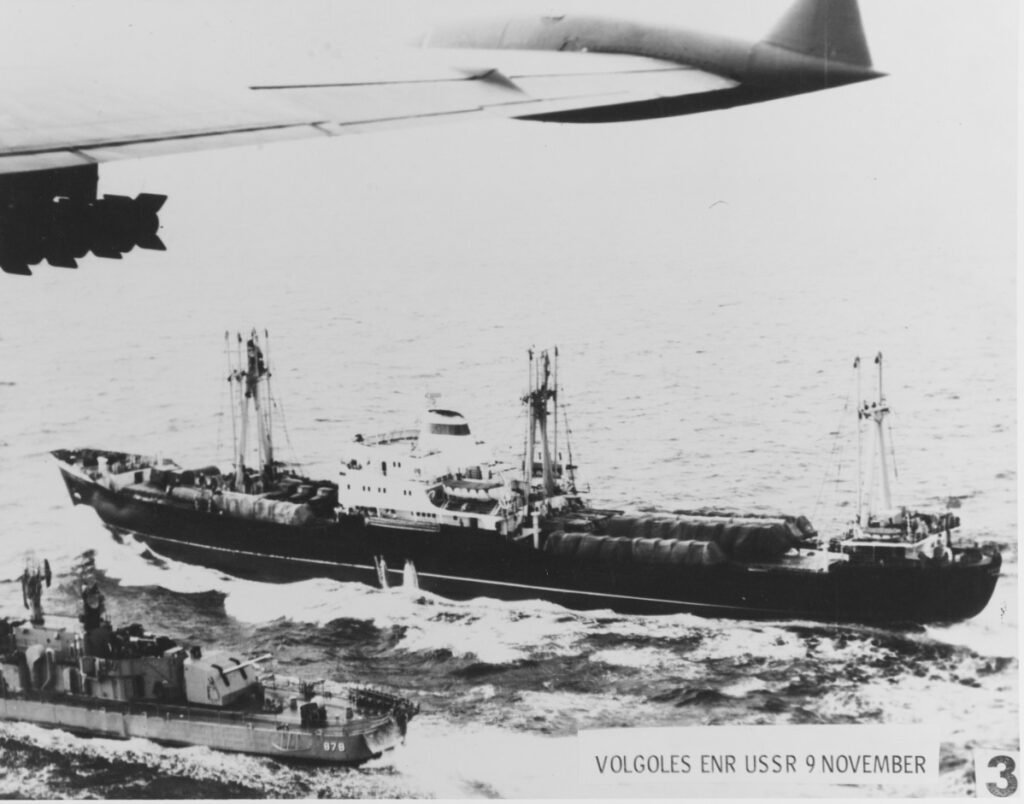
The crisis lasted for thirteen days, from October 16 to October 28, 1962. In the depths of the Caribbean Sea, the Soviet submarine B-59 silently played a perilous role during the Cuban Missile Crisis. The submarine was armed with nuclear torpedoes and had the potential to alter the course of history. As tensions escalated, B-59 found itself at a critical juncture, adding an unnerving dimension to an already precarious situation. This submerged vessel underscored the gravity of the crisis, demonstrating how close the world came to the abyss of nuclear war.
Locations and Weapons Involved
Maps & Locations of Cuban Missile Crisis
Cuba, a seemingly small island nation, became the epicenter of the crisis due to the surreptitious installation of Soviet missile sites. Its geographic proximity to the United States elevated the urgency and concern, intensifying the potential threat. The missile sites strategically positioned in Cuba altered the dynamics of the Cold War and highlighted the vulnerability of even distant nations to global power struggles.
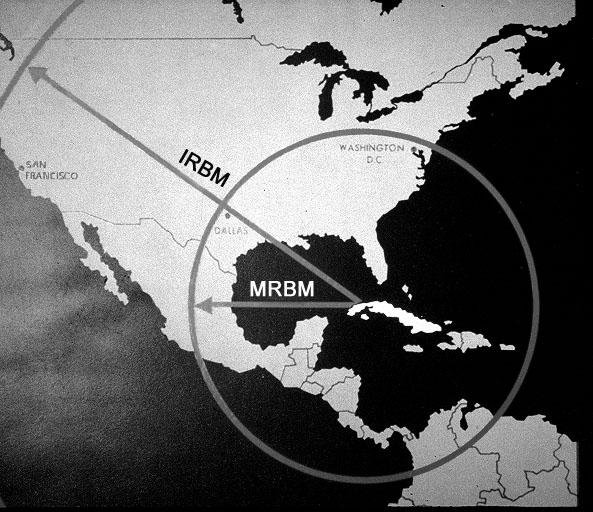
Understanding the geographical context was crucial in deciphering the gravity of the situation. Various maps depicting the missile sites in Cuba and the deployment of the U.S. naval blockade served as critical tools in assessing the threat and planning strategic responses. Resources such as maps from the Department of State and the National Security Archive provided valuable visual aids that helped officials and the public grasp the unfolding events with clarity and precision. These maps highlighted the tense standoff that transpired from October 16 to October 28, 1962, a period that held the world in suspense over the precipice of nuclear catastrophe.
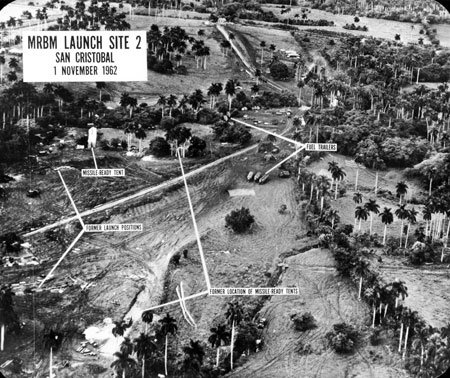
Weapons
The U-2 spy plane emerged as a pivotal tool during the crisis. This high-altitude reconnaissance aircraft played a clandestine role in gathering critical intelligence by secretly photographing the missile sites in Cuba. These images provided essential insights and evidence, allowing the United States to assess the true extent of the threat posed by the Soviet missiles. The U-2 spy plane was instrumental in shaping the U.S. response and decision-making during this critical period.
The Aftermath and Legacy
The resolution of the Cuban Missile Crisis is considered one of President Kennedy’s most significant accomplishments. It showcased the power of diplomacy and crisis management, averting a potentially catastrophic nuclear conflict. The event left an indelible mark on international relations, altering the course of the Cold War and influencing subsequent arms control agreements. Here are 3 major areas that shed light of delicacy of Cuban Missile Crisis.
1- Cold War: A Precarious Global Standoff
The Cuban Missile Crisis stands as a chilling embodiment of the heightened tensions, ideological conflict, and mutual distrust that epitomized the Cold War. This era was characterized by an intense ideological and geopolitical struggle between the United States and the Soviet Union, marked by an arms race and nuclear proliferation. The crisis served as a stark illustration of the ideological chasm that separated these superpowers, pushing the world to the brink of catastrophe.
2- Arms Race: The Dangerous Race for Superiority
At the heart of the Cuban Missile Crisis lay the ongoing arms race, an alarming competition between the United States and the Soviet Union to amass military capabilities, particularly in the realm of nuclear weapons. This deadly race escalated the stakes, fueling the crisis and intensifying the potential consequences of a misstep. The vast arsenals and the constant striving for superiority amplified the gravity of the crisis, as both nations vied for strategic advantage and global influence.
3- Deterrence: Balancing on the Razor’s Edge
Central to the Cuban Missile Crisis was the principle of deterrence, specifically, the concept of mutually assured destruction (MAD). The fear of catastrophic retaliation and the realization that both sides possessed the capacity to annihilate each other acted as a precarious balancing act. This principle underscored the cautious decision-making during the crisis, emphasizing the gravity of actions and the reluctance to initiate a conflict that could trigger an irreversible and devastating nuclear exchange.
Future Predictions and Ongoing Analysis
While pinpointing specific future predictions regarding the Cuban Missile Crisis is elusive, the event continues to be a subject of extensive analysis and study. Ongoing scholarly examination, historical research, and geopolitical analysis shed light on the intricate details of the crisis. Moreover, experts delve into its broader implications for contemporary diplomacy, nuclear deterrence strategies, and global efforts toward nuclear disarmament. The crisis remains a crucial case study, providing valuable insights to shape present and future diplomatic endeavors and ensure that history’s close calls guide our steps towards a safer world.
The Cuban Missile Crisis remains a chilling reminder of the perilous times humanity faced during the Cold War. It stands as a testament to the importance of diplomacy, crisis management, and the urgent need to prevent the escalation of conflicts with catastrophic potential. As we analyze this historic event, we are reminded of the criticality of international cooperation, nuclear disarmament efforts, and striving for a more peaceful and secure world. The lessons from the Cuban Missile Crisis continue to reverberate, urging us to prioritize global stability and the avoidance of nuclear catastrophe.




